Anylogic Pro 8.8.x for Mac / for Linux Crack
Digital twins – a step towards a digital enterprise
AnyLogic是唯一一个支持创建模拟模型的方法的模拟建模工具:面向过程(离散事件)、系统动态和代理,以及它们的任何组合。AnyLogic提供的建模语言的独特性、灵活性和强大性使您能够以任何级别的细节考虑建模系统的任何方面。AnyLogic的图形界面、工具和库允许您快速创建模型,用于从生产建模、物流、业务流程到公司和市场发展的战略模型等广泛任务。
Digital transformation refers to the integration of digital technologies into various aspects of an organization, fundamentally changing how it operates and delivers value to its customers.
A digital enterprise is the outcome of a successful digital transformation. It is an organization that has fully embraced digital technologies, processes, and culture to optimize its operations, deliver value to customers, and maintain a competitive edge in the market.
An integral part of digital transformation and eventually becoming a digital enterprise is integrating digital twin technology with a company’s operational workflows.
Simulation-based digital twins: how they work
Although there are many definitions of digital twins, here we are focusing on simulation-based digital twins. These are prospecting dynamic models that initialize themselves based on the current state of the real system and can explore future scenarios through simulations.
Simulation-based digital twins are created by integrating near-real-time data into a simulated embodiment, be it a factory, warehouse, or anything else. By keeping the state of the simulation model in sync with its real-world counterpart, digital twins enable organizations to monitor, analyze, and optimize the operation of their assets in a risk-free environment.
Aside from operation optimization, digital twins provide a virtual playground for exploring possible future scenarios. They help mitigate financial and operational risks and test the effect of proposed changes before implementing them in the physical world.
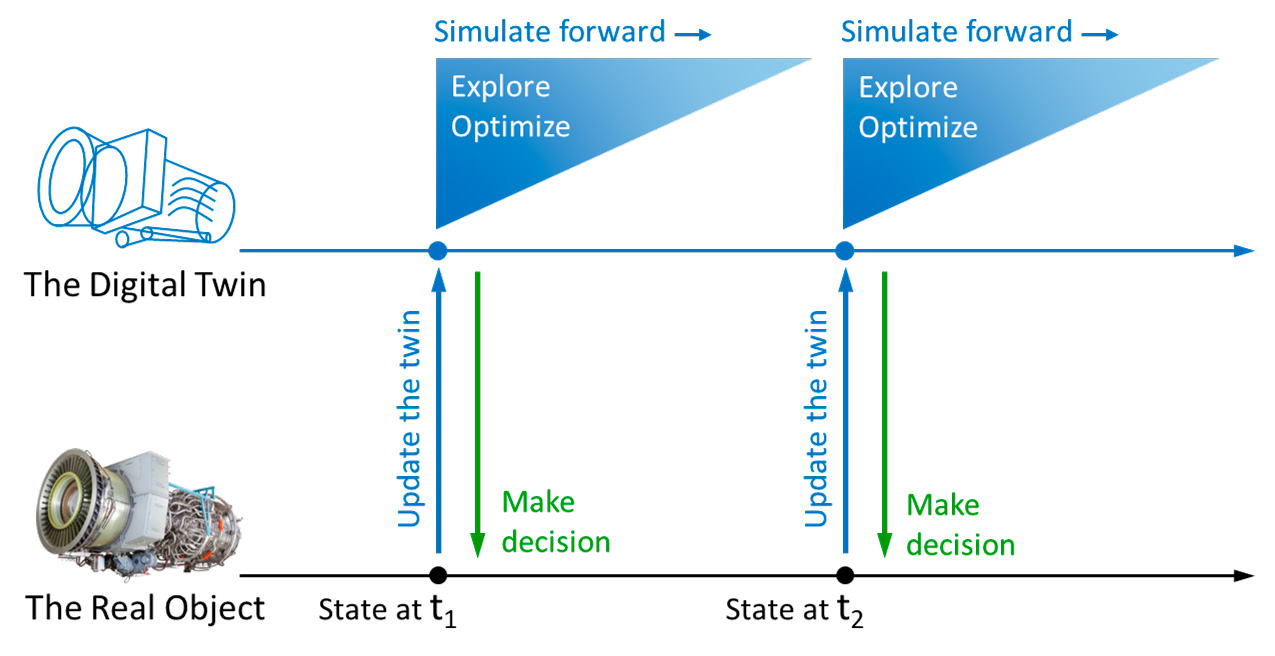
How a digital twin works
A digital twin is triggered at specific times and initialized based on the real-time data from the physical system. After the initialization, various experiments (Monte-Carlo, Optimization, Parameter Variation, etc.) are carried out to explore possible future scenarios, and their output is used to make informed decisions in the real world through human operators or automated systems.
Now that we’ve clarified what we mean by a simulation-based digital twin, let’s see how this helps with more complicated business cases and ultimately enables you to build an Enterprise Simulation.
Enterprise Simulation – a unique approach to the next-level digital transformation
Enterprise Simulation is a set of deployed (and maybe interconnected) simulation-based digital twins that are likely to be used at the operational level and are accessible to a large number of stakeholders across the organization.
The set may comprise many (possibly heterogeneous) simulation models representing distributed business units. The models, however, share a common business application.
For example, in a restaurant chain, each restaurant branch has a different layout, menu, and set of customers with unique order patterns, but they all use similar equipment, procedures, and an overall business model – and so would a set of digital twins of such businesses.
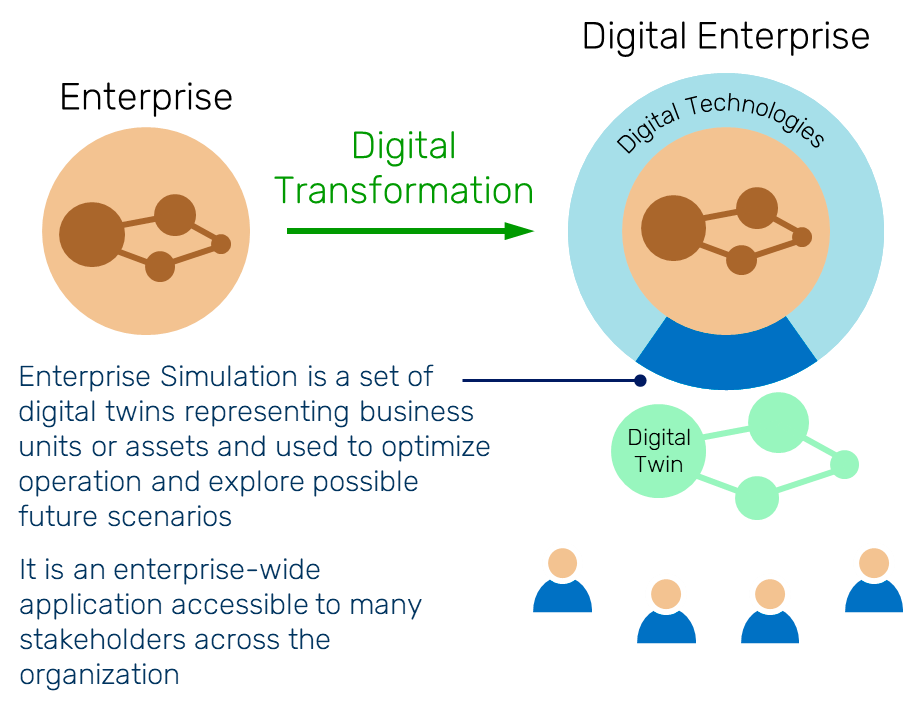
A company undergoes digital transformation to become a digital enterprise
with multiple digital twins as one integrated system – Enterprise Simulation
Technically, you can view Enterprise Simulation as an organization-wide application with a web interface deployed on servers or a corporate cloud with multiple users and access rights controlled by an administrator.
In the simplest case, there can be a digital twin of just one unit:
- one warehouse,
- one fulfillment center, or
- one restaurant.
This is what you would typically start with. Having successfully developed, deployed, and proven the operational usefulness of the first twin, you can expand that technology to other units or other locations, eventually creating the Enterprise Simulation.
Enterprise Simulation significantly impacts the lifecycle of simulation models
A traditional simulation lifecycle
A simulation model life cycle has two main phases.
- The “Creation” phase is an iterative process that includes conceptual modeling, logic coding, data integration, debugging, verification, and validation.
- The “Use” phase includes parameterizing and running the simulation, performing experiments of different types, and then analyzing and using the outputs.
Traditional simulations typically stay at the strategic or tactical level and are rarely designed to function as operational decision support systems. These “old-school” simulation models spend most of their lifecycle time in the “Creation” phase. They are briefly in the “Use” phase – just long enough to run some experiments and produce results to be included in the reports and presented to management.
A simulation-based digital twin lifecycle
The concept of Digital Enterprise, which is aimed at providing monitoring, planning, and forecasting tools, changes that paradigm. Digital twins, an essential part of the Digital Enterprise, are simulation models used at an operational or, less often, tactical level. This shift is a natural progression and an integral part of broader digital transformation initiatives.
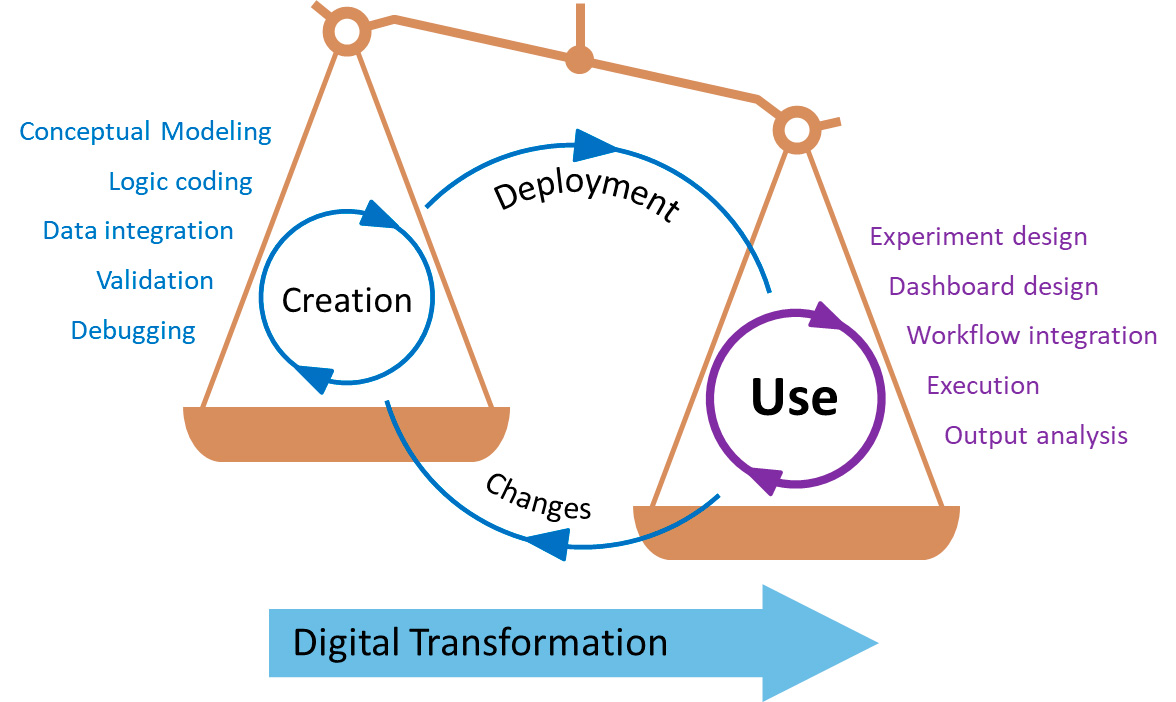
Impact of digital transformation on the simulation lifecycle – shifting it to the “Use” phase
Differences between conventional simulation models and digital twin models
Mainly, traditional simulation models work on imported past data and are run on a developer’s computer or laptop. In contrast, simulation-based digital twins have access to near-real-time data from the physical system and run on the cloud or on the company’s own servers. For more, see the table below:
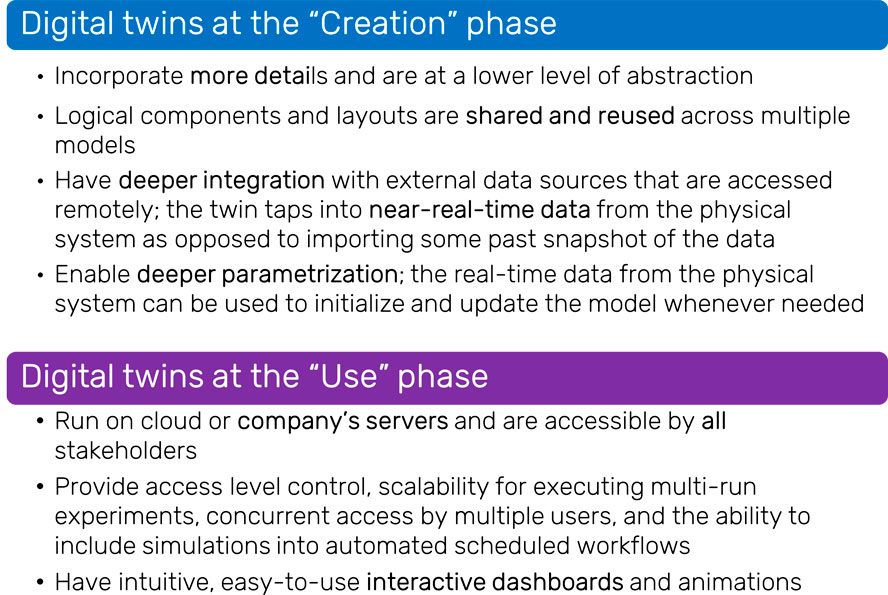
Digital twin “Creation” and “Use” phases as opposed to a traditional simulation lifecycle
AnyLogic ecosystem – all you need for building Enterprise Simulation
At the AnyLogic Company, we have strategically developed and architected an ecosystem consisting of AnyLogic model development software and AnyLogic Cloud, for Enterprise Simulation. It’s the singular comprehensive solution that addresses both the “Creation” and “Use” phases of digital twins.
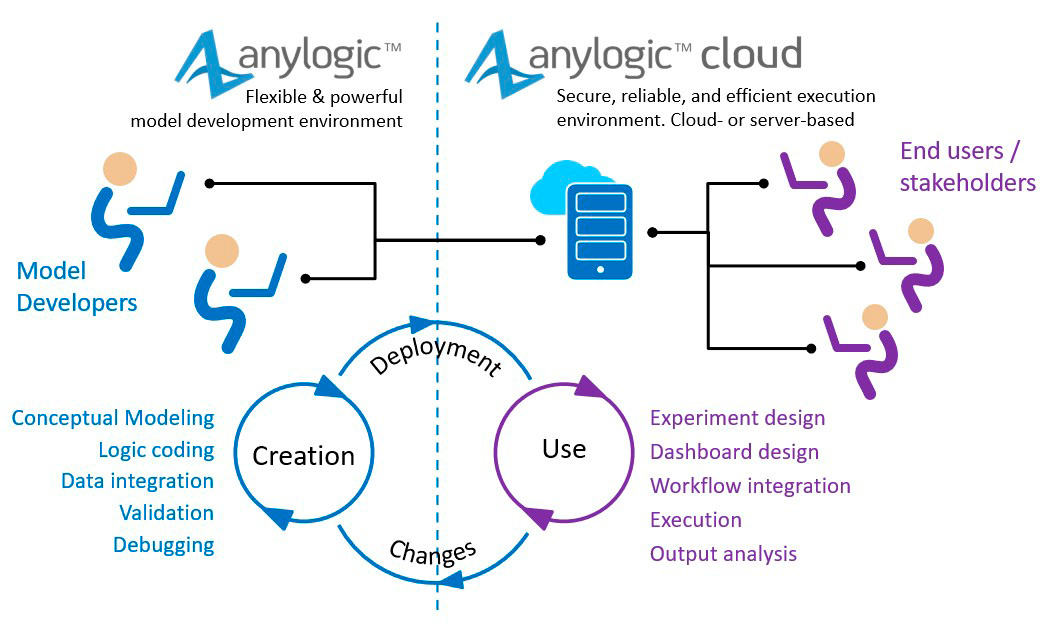
AnyLogic simulation modeling software and AnyLogic Cloud for end-to-end Enterprise Simulation
AnyLogic model development software for the “Creation” phase
The original philosophy behind AnyLogic modeling languages and the AnyLogic model development environment was to push the boundaries in simulation methodologies, data connectivity, and interoperability with external tools and methods.
AnyLogic has become synonymous with scalability and extensibility in the simulation market. This is particularly important for operational-level modeling. Here’s what AnyLogic has to offer:
1. Multimethod approach to simulate any business
Operational models are typically complex, low-abstraction models with numerous detailed components. Having the freedom to use all three modeling methods within the modular object-oriented environment increases your chances of success in handling complexity and creating digital twins with “just enough” details in structure and behavior to handle the problem.
2. API within an AnyLogic model
All components of an AnyLogic model are fully covered with the API and contain “extension points” to access external APIs, databases, files, libraries, optimization solutions, and heuristics from anywhere in the model. This enables the sound integration of digital twins with streams of knowledge about the system.
3. Simulation and AI
AnyLogic pioneered the interoperability of simulation and AI, such as embedding trained ML models into simulations. This is a crucial factor in representing hybrid systems of the future, where AI plays a significant role in system behavior.
4. Sharable libraries of reuseable custom components
The ability to create sharable libraries of reuseable custom components (fully supported in AnyLogic) is vital in Enterprise Simulation, where creating hundreds of simulation models with significant similarities is a frequent case. This allows a few advanced modelers to focus on creating the foundational elements with core logic, while other modelers can fine-tune them to replicate the operations of particular business units.
AnyLogic Cloud platform for the “Use” phase
Having been acutely aware of the limitations associated with running simulation models in local environments, especially when the models are run-on-demand digital twins, the AnyLogic development team introduced a forward-looking product, AnyLogic Cloud.
AnyLogic Cloud stands as a real solution for the seamless deployment and intense enterprise-wide consumption of simulation models. AnyLogic Cloud can be installed on a company’s server or on a private cloud and scales from one to an unlimited number of servers.
See how you can benefit from AnyLogic Cloud:
1. Easily upload simulation models
The process of uploading and deploying an existing AnyLogic model from the model development environment to AnyLogic Cloud is done in just a few clicks, without requiring a single line of code.
2. Manage user access to the digital twins
The administrator’s interface and support for Active Directory and LDAP enable the IT team to easily manage end users and their access to the digital twins. This includes developer-level access needed for model updates and maintenance as well as user-level access for analysts and managers.
3. Use the API to embed simulations into operational workflows
In addition to the model API, AnyLogic Cloud has its own API in four different languages aimed at embedding simulations into operational workflows.
Use cases range from parameterizing digital twins, running experiments, streaming outputs (in text, Excel, JSON, and other forms), and integrating the simulation frontend directly into corporate BI interfaces. The latter is possible because AnyLogic models have a browser-based interactive frontend with 2D and 3D animation capable of running remotely from the server where the model is being executed.
4. Automate the digital twin’s trigger points
Going forward, you can leverage Large Language Models (LLMs) to automate trigger points for AnyLogic Cloud-based digital twins, interpret simulation feedback, and suggest interventions for the real system.
How to start with Enterprise Simulation
Within our AnyLogic software ecosystem, the concept of a digital twin – and, even wider, the Enterprise Simulation – that provides live feedback to a control tower is no longer just a conceptual vision; it is becoming a reality.
If you’re on the digital transformation journey and would like to know more about Enterprise Simulation, get in touch. Our experts will describe how it can be applied to your business and how to set up the tools you will need for building Enterprise Simulation.
相关文章:

Anylogic Pro 8.8.x for Mac / for Linux Crack
Digital twins – a step towards a digital enterprise AnyLogic是唯一一个支持创建模拟模型的方法的模拟建模工具:面向过程(离散事件)、系统动态和代理,以及它们的任何组合。AnyLogic提供的建模语言的独特性、灵活性和强大性使…...

ROS无人机初始化GPS定位漂移误差,确保无人机稳定飞行
引言: 由于GPS在室外漂移的误差比较大,在长时间静止后启动,程序发布的位置可能已经和预期的位置相差较大,导致无法完成任务,尤其是气压计的数据不准,可能会导致无人机不能起飞或者一飞冲天。本文主要是在进…...
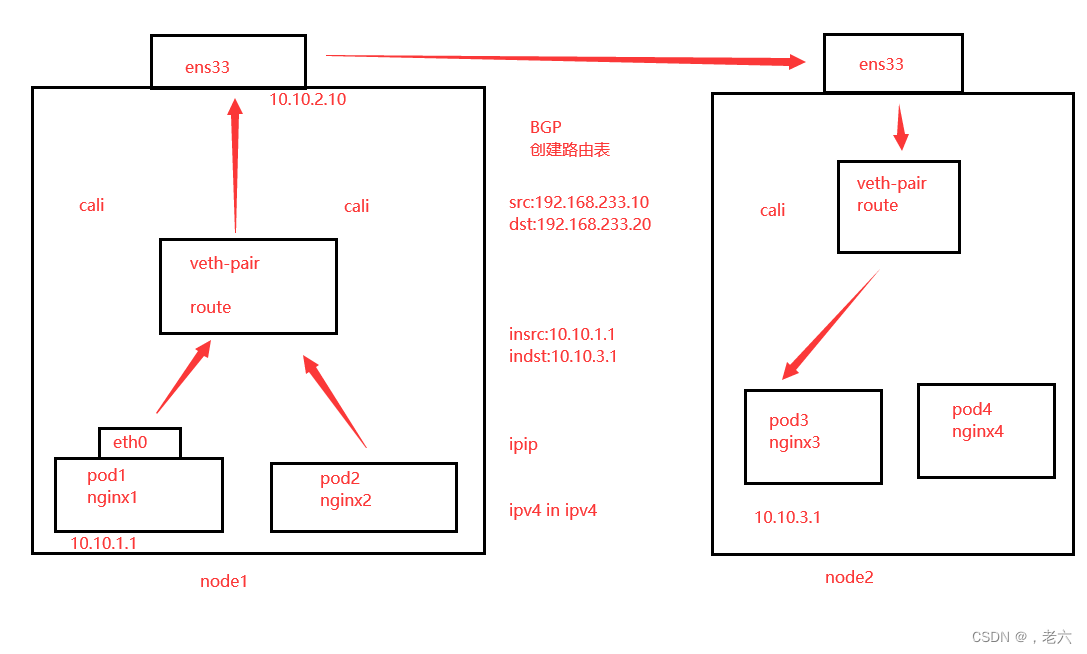
k8s网络类型
k8s中的通信模式: pod内部之间容器与容器之间的通信。 在同一个pod中的容器共享资源和网络,使用同一个网络命名空间。可以直接通信的。 同一个node节点之内,不同pod之间的通信。 每一个pod都有一个全局的真实的IP地址,同一个n…...
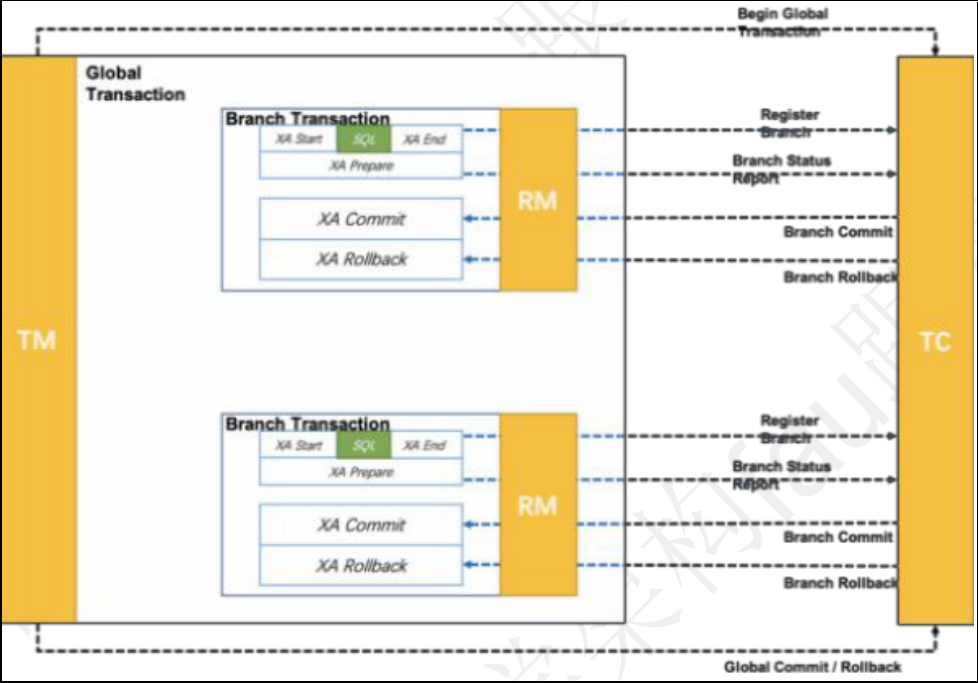
Seata 中封装了四种分布式事务模式,分别是: AT 模式, TCC 模式, Saga 模式, XA 模式,
文章目录 seata概述Seata 中封装了四种分布式事务模式,分别是:AT 模式,TCC 模式,Saga 模式,XA 模式, 今天我们来聊聊seata seata 概述 在微服务架构下,由于数据库和应用服务的拆分,…...

为什么设计制造行业需要数据加密?
设计制造行业是一个涉及多种技术、工艺、材料和产品的广泛领域,它对经济和社会的发展有着重要的影响。然而,随着数字化、智能化和网络化的发展,设计制造行业也面临着越来越多的数据安全风险,如数据泄露、数据篡改、数据窃取等。这…...

查看ios app运行日志
摘要 本文介绍了一款名为克魔助手的iOS应用日志查看工具,该工具可以方便地查看iPhone设备上应用和系统运行时的实时日志和奔溃日志。同时还提供了奔溃日志分析查看模块,可以对苹果奔溃日志进行符号化、格式化和分析,极大地简化了开发者的调试…...

怎么卸载macOS上的爱思助手如何卸载macOS上的logitech g hub,如何卸载顽固macOS应用
1.在App Store里下载Cleaner One Pro (注意,不需要订阅付费!!!白嫖基础功能就完全够了!!!) 2.运行软件,在左侧目录中选择“应用程序管理”,然后点…...

侦探IP“去推理化”:《名侦探柯南》剧场版走过26年
2023年贺岁档,柯南剧场版的第26部《黑铁的鱼影》如期上映。 这部在日本狂卷票房128亿日元的作品,被誉为有史以来柯南剧场版在商业成绩上最好的一部。 但该作在4月份日本还未上映前,就于国内陷入了巨大的争议。 试映内容里,灰原…...

图论 经典例题
1 拓扑排序 对有向图的节点排序,使得对于每一条有向边 U-->V U都出现在V之前 *有环无法拓扑排序 indegree[], nxs[];//前者表示节点 i 的入度,后者表示节点 i 指向的节点 queue [] for i in range(n):if indege[i] 0: queue.add(i)// 入度为0的节…...
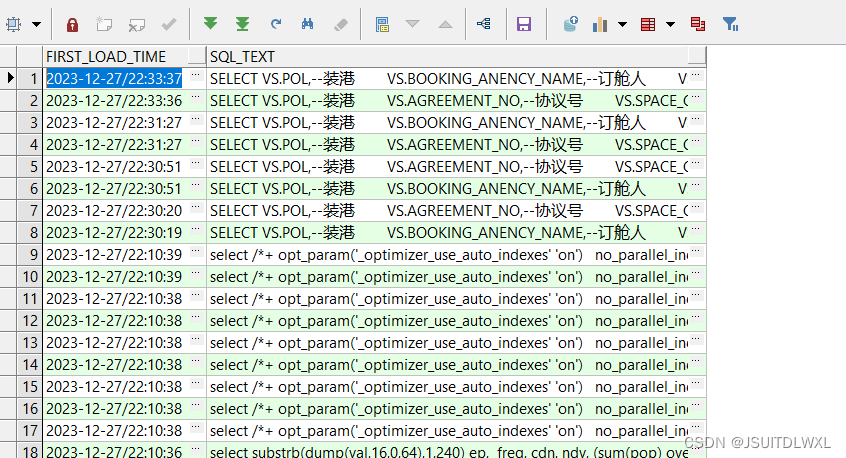
Oracle数据updater如何回滚
1.查询update语句执行的时间节点 ; select t.FIRST_LOAD_TIME, t.SQL_TEXT from v$sqlarea t where to_char(t.FIRST_LOAD_TIME) > 2023-03-19/17:00:00 order by t.FIRST_LOAD_TIME desc;开启表的行迁移 alter table test enable row movement;3.回滚表数据到…...

redis开启密码验证
开启密码验证 (1)配置文件中设置 redis.conf文件里面配置requirepass参数,redis认证密码:foobared,然后重启redis服务 ./redis-cli 127.0.0.1:6379> 127.0.0.1:6379> 127.0.0.1:6379> CONFIG SET requi…...

一种删除 KubeSphere 中一直卡在 Terminating 的 Namespace--KubeSphere Logging System的简单方法
文章目录 一、问题提出二、删除方法1,获取kubesphere-logging-syste的详细信息json文件2,编辑kubesphere-logging-system.json3,执行清理命令 三、检查结果 一、问题提出 在使用 KubeSphere 的时候发现有一个日志服务KubeSphere Logging Sys…...

Flink1.17实战教程(第七篇:Flink SQL)
系列文章目录 Flink1.17实战教程(第一篇:概念、部署、架构) Flink1.17实战教程(第二篇:DataStream API) Flink1.17实战教程(第三篇:时间和窗口) Flink1.17实战教程&…...
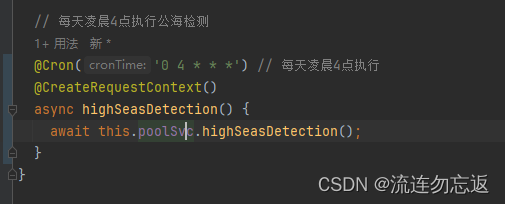
nest定时任务调用service报错
报错: ERROR [Scheduler] ValidationError: Using global EntityManager instance methods for context specific actions is disallowed. If you need to work with the global instances identity map, use allowGlobalContext configuration option or fork() i…...

[Angular] 笔记 11:可观察对象(Observable)
chatgpt: 在 Angular 中,Observables 是用于处理异步数据流的重要工具。它们被广泛用于处理从异步操作中获取的数据,比如通过 HTTP 请求获取数据、定时器、用户输入等。Observables 提供了一种机制来订阅这些数据流,并可以在数据到达时执行相…...
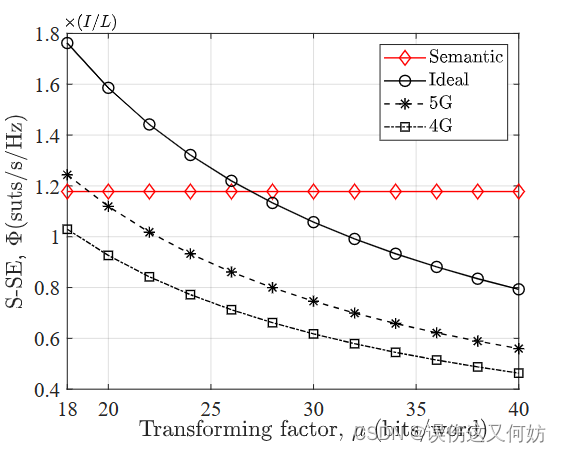
【论文阅读】Resource Allocation for Text Semantic Communications
这是一篇关于语义通信中资源分配的论文。全文共5页,篇幅较短。 目录在这里 摘要关键字引言语义通信资源分配贡献公式符号 系统模型DeepSC TransmitterTransmission ModelDeepSC Receiver 语义感知资源分配策略Semantic Spectral Efficiency (S-SE&#…...
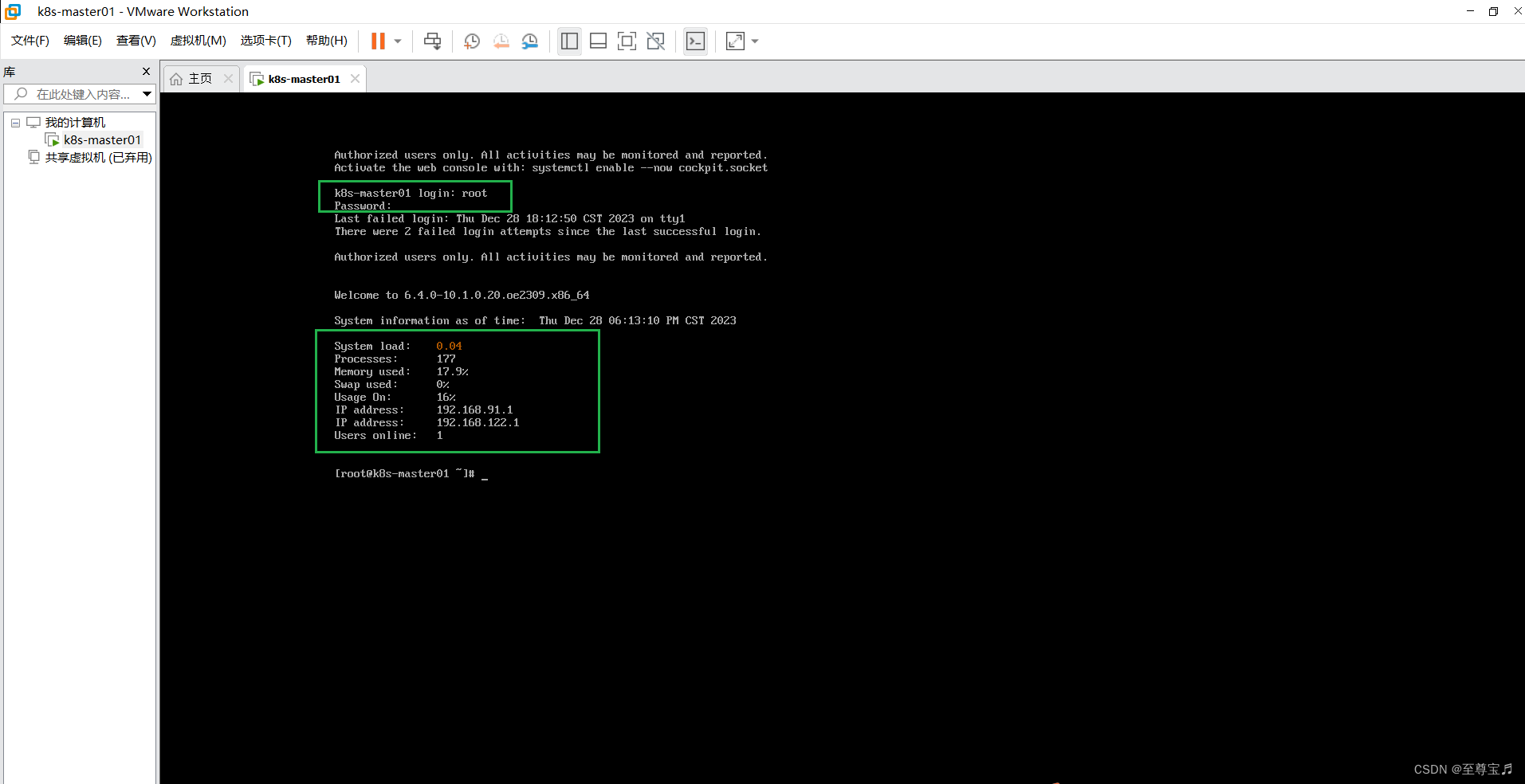
VMware16 pro 安装openEuler-23.09-x86_64,详细操作流程+详图。
1.环境: win11, vmware16 pro, openEuler-23.09-x86_64-dvd.iso 社区版openEuler 23.09官方下载地址: openEuler下载 | 欧拉系统ISO镜像 | openEuler社区官网欧拉操作系统(openEuler, 简称“欧拉”)是面向数字基础设施的操作系统,支持服务器、云计算、…...

Mybatis 动态 SQL - script,bind,多数据库支持
script 在使用注解的映射器类中使用动态SQL时,可以使用<script>元素。例如: Update({"<script>","update Author"," <set>"," <if testusername ! null>username#{username},</if&g…...

Scikit-Learn线性回归(一)
Scikit-Learn线性回归一 1、线性回归概述1.1、回归1.2、线性1.3、线性回归1.4、线性回归的优缺点1.5、线性回归与逻辑回归2、线性回归的原理2.1、线性回归的定义与原理2.2、线性回归的损失函数3、Scikit-Learn线性回归3.1、Scikit-Learn库3.2、Scikit-Learn线性回归API3.3、Sci…...

Mybatis 动态 SQL - choose, when, otherwise
有时候我们并不希望所有的条件都生效,而是只想在多个选项中选择一个。类似于Java中的switch语句,MyBatis提供了 <choose>元素。 让我们使用上面的例子,但现在如果提供了标题,则只搜索标题;如果提供了作者&a…...
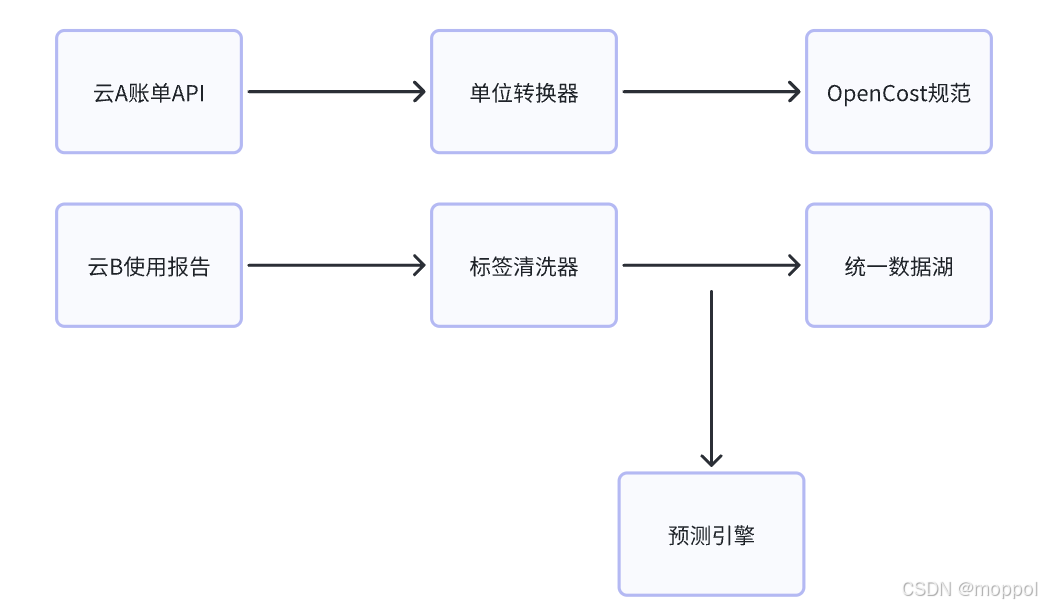
多云管理“拦路虎”:深入解析网络互联、身份同步与成本可视化的技术复杂度
一、引言:多云环境的技术复杂性本质 企业采用多云策略已从技术选型升维至生存刚需。当业务系统分散部署在多个云平台时,基础设施的技术债呈现指数级积累。网络连接、身份认证、成本管理这三大核心挑战相互嵌套:跨云网络构建数据…...
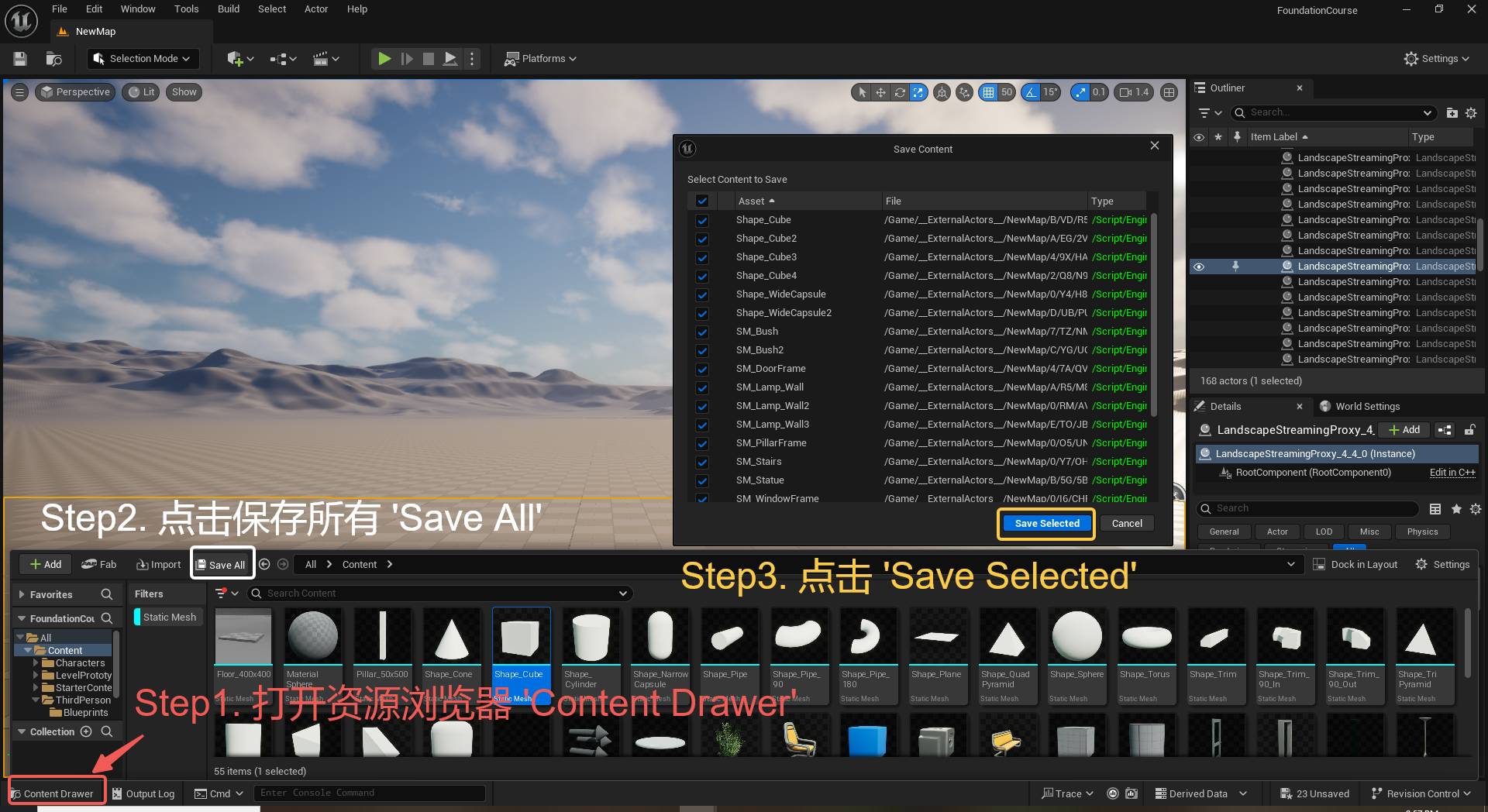
UE5 学习系列(三)创建和移动物体
这篇博客是该系列的第三篇,是在之前两篇博客的基础上展开,主要介绍如何在操作界面中创建和拖动物体,这篇博客跟随的视频链接如下: B 站视频:s03-创建和移动物体 如果你不打算开之前的博客并且对UE5 比较熟的话按照以…...
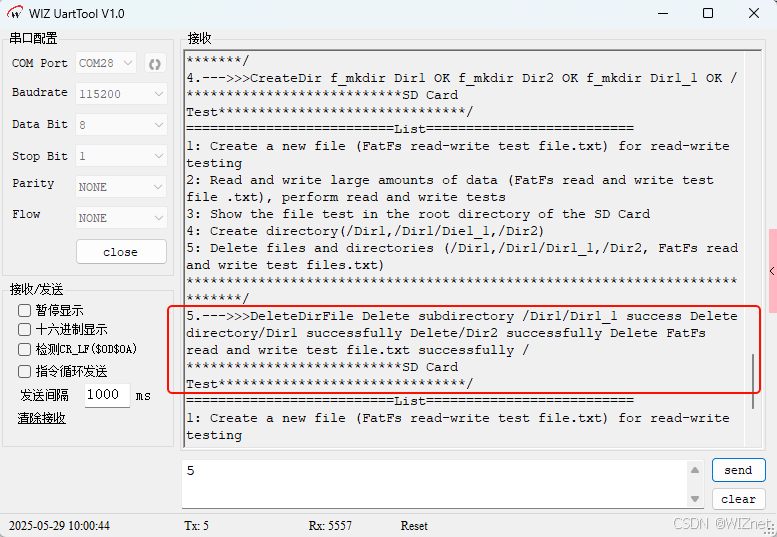
【第二十一章 SDIO接口(SDIO)】
第二十一章 SDIO接口 目录 第二十一章 SDIO接口(SDIO) 1 SDIO 主要功能 2 SDIO 总线拓扑 3 SDIO 功能描述 3.1 SDIO 适配器 3.2 SDIOAHB 接口 4 卡功能描述 4.1 卡识别模式 4.2 卡复位 4.3 操作电压范围确认 4.4 卡识别过程 4.5 写数据块 4.6 读数据块 4.7 数据流…...

深入理解JavaScript设计模式之单例模式
目录 什么是单例模式为什么需要单例模式常见应用场景包括 单例模式实现透明单例模式实现不透明单例模式用代理实现单例模式javaScript中的单例模式使用命名空间使用闭包封装私有变量 惰性单例通用的惰性单例 结语 什么是单例模式 单例模式(Singleton Pattern&#…...

腾讯云V3签名
想要接入腾讯云的Api,必然先按其文档计算出所要求的签名。 之前也调用过腾讯云的接口,但总是卡在签名这一步,最后放弃选择SDK,这次终于自己代码实现。 可能腾讯云翻新了接口文档,现在阅读起来,清晰了很多&…...
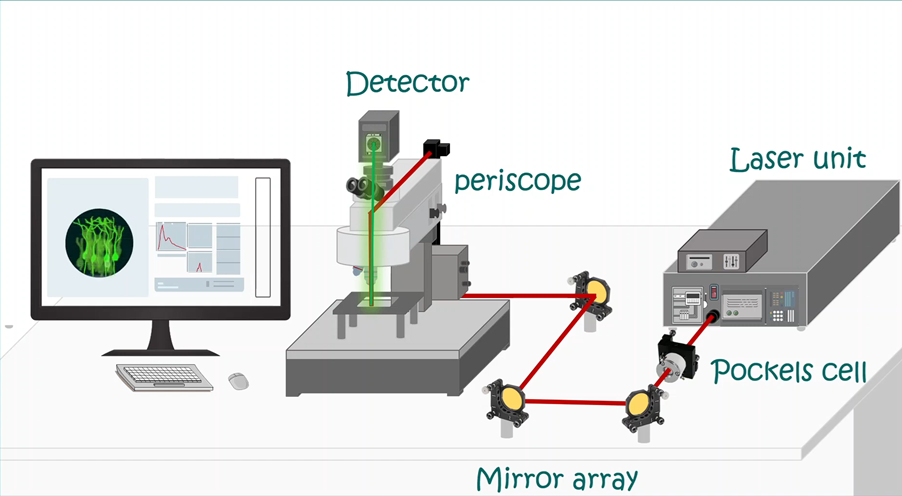
LabVIEW双光子成像系统技术
双光子成像技术的核心特性 双光子成像通过双低能量光子协同激发机制,展现出显著的技术优势: 深层组织穿透能力:适用于活体组织深度成像 高分辨率观测性能:满足微观结构的精细研究需求 低光毒性特点:减少对样本的损伤…...

掌握 HTTP 请求:理解 cURL GET 语法
cURL 是一个强大的命令行工具,用于发送 HTTP 请求和与 Web 服务器交互。在 Web 开发和测试中,cURL 经常用于发送 GET 请求来获取服务器资源。本文将详细介绍 cURL GET 请求的语法和使用方法。 一、cURL 基本概念 cURL 是 "Client URL" 的缩写…...
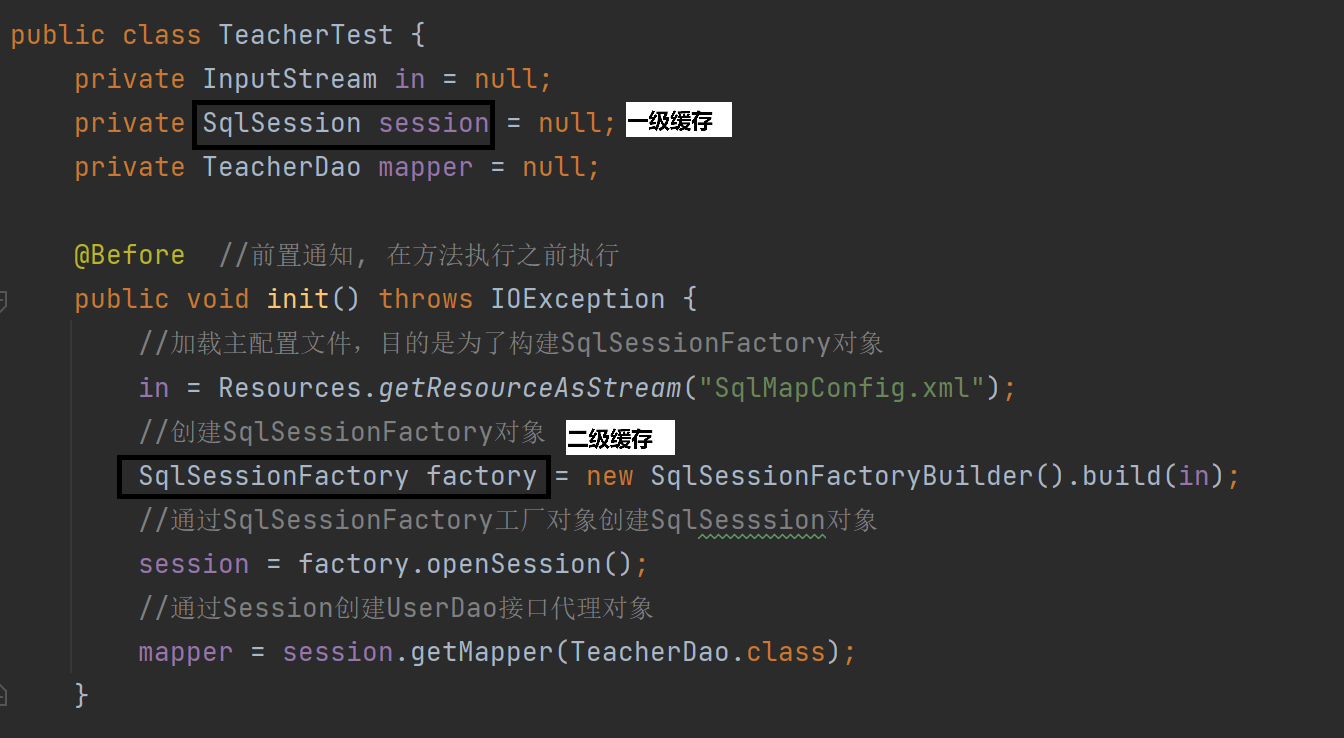
MyBatis中关于缓存的理解
MyBatis缓存 MyBatis系统当中默认定义两级缓存:一级缓存、二级缓存 默认情况下,只有一级缓存开启(sqlSession级别的缓存)二级缓存需要手动开启配置,需要局域namespace级别的缓存 一级缓存(本地缓存&#…...
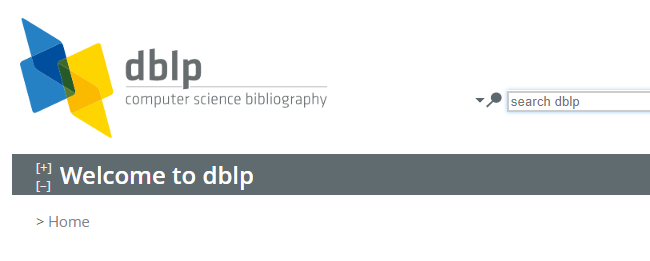
DBLP数据库是什么?
DBLP(Digital Bibliography & Library Project)Computer Science Bibliography是全球著名的计算机科学出版物的开放书目数据库。DBLP所收录的期刊和会议论文质量较高,数据库文献更新速度很快,很好地反映了国际计算机科学学术研…...

LangChain【6】之输出解析器:结构化LLM响应的关键工具
文章目录 一 LangChain输出解析器概述1.1 什么是输出解析器?1.2 主要功能与工作原理1.3 常用解析器类型 二 主要输出解析器类型2.1 Pydantic/Json输出解析器2.2 结构化输出解析器2.3 列表解析器2.4 日期解析器2.5 Json输出解析器2.6 xml输出解析器 三 高级使用技巧3…...
